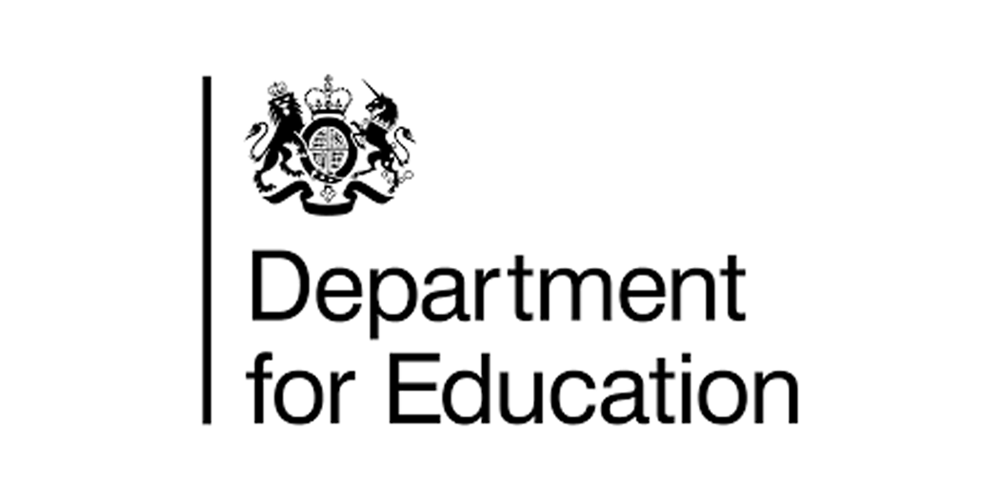SERVice design
Our person-centric, iterative design process deploys creative workshops to give users of the service a voice whilst also engaging at length with professionals from multiple service levels, from front-line workers to commissioners.
Our participatory design approach and ‘fresh eyes’ allows us to provide a clarity that can be difficult for those working inside a service to achieve.
Because of our multi-stakeholder approach we can build consensus and bring parties together to enact change and improve services function.
Participatory service design is a collaborative design approach where end-users and stakeholders actively participate in the design of the service, rather than being passive recipients. This methodology creates more efficient and appropriate services by incorporating the lived experiences, and needs of those most affected by the service, leading to more inclusive services and improved outcomes.
CLIENTS:
CASE STUDy:
Children and Young People's Services
Roots and Wings worked with young people with experience of mental health services to conduct an independent service design investigation into the systems that support young people with mental health issues in Newcastle and Gateshead.
Through creative workshops teaching the young people how to create an animation we explored what worked, what didn’t and what they’d change. We mapped their journeys and by overlaying them identified common blockages and inefficiencies that could be addressed through targeted commissioning and service improvements.
The iterative nature of our service design process (RAW Method™) ensures that our final recommendations are realistic and implementable.
This involves consulting widely with parents and carers, as well as speaking candidly (and at great length) with professionals from across the services about what they think currently works, what doesn’t and what’s missing.
Our finished report contains insights into the genuine needs and desires of the children and young people whose mental health may be dependant on the efficacy of the CAMHS service, and goes on to suggest how the service could best be refocused by commissioners in order to meet young people’s needs.

























